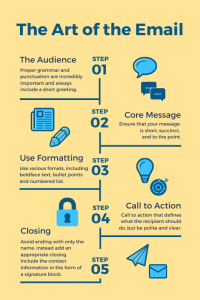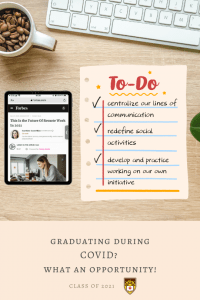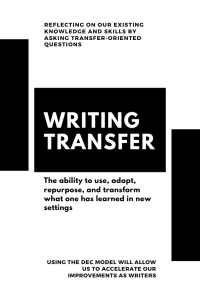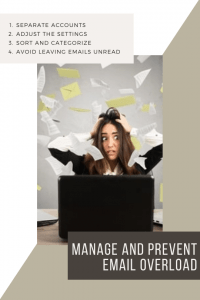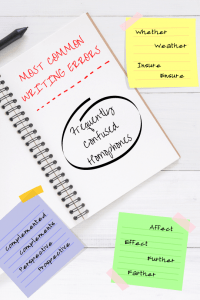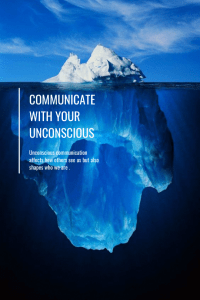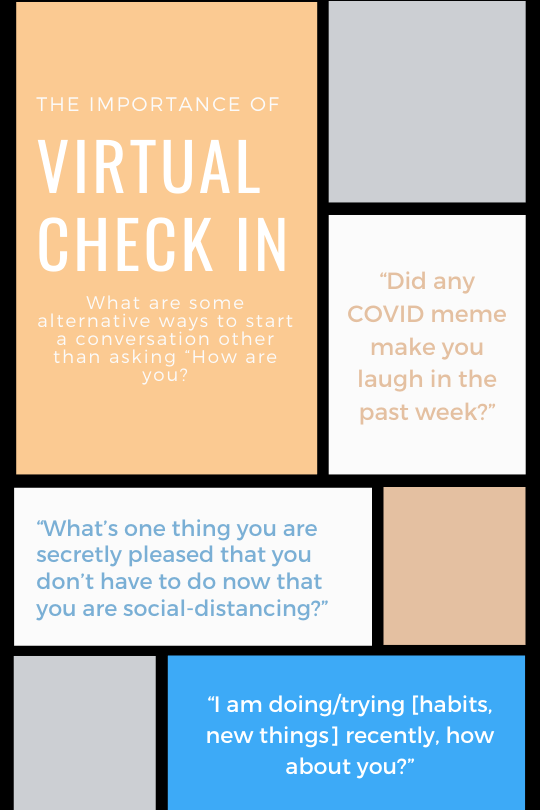By Communication Consultant Lili Tang (Accounting and BIS, ’22)
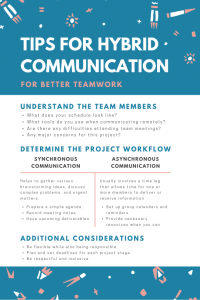 As our new semester kicks off on campus, we are now able to conduct more projects with team members in person. However, with uncertain situations related to the pandemic, we still need to communicate online in many situations. To better ensure smooth and effective communication, here are some tips and considerations for teamwork in a hybrid mode.
As our new semester kicks off on campus, we are now able to conduct more projects with team members in person. However, with uncertain situations related to the pandemic, we still need to communicate online in many situations. To better ensure smooth and effective communication, here are some tips and considerations for teamwork in a hybrid mode.
Before getting right to the project, we should take time to better understand all team members’ situations by reaching out to each one of them with some general questions. For example:
- What does your schedule look like?
- What tools do you use when communicating remotely?
- Will you have any difficulties attending team meetings?
- What are your major concerns for this project?
Asking the above questions and sharing with other members helps to develop a productive and engaging team atmosphere, which is helpful when allocating tasks to individuals.
After getting to know each member’s situations, next determine the team’s workflow. There are two types of communication: synchronous and asynchronous communication. Synchronous communication happens in real time, such as meetings in person, video or phone call, and group message exchanges. This type of communication helps to gather various brainstorming ideas, discuss complex problems, and urgent matters. To better conduct team projects synchronously, having a simple agenda in advance will speed up the meeting. Also, recording meeting notes and upcoming deliverables will minimize repetitive task allocations, while understanding the project’s status quo.
On the other hand, asynchronous communication usually involves a time lag that allows time for one or more members to deliver or receive information. Because the gap makes it more difficult for each member to track the progress of the project and communicate in a timely manner, keeping in touch and knowing when to take the initiative are always critical. For example, you should set up group calendars and reminders, provide necessary resources when you can, and notify the team about any personal emergencies as early as possible.
As the team continues to learn and adjust in hybrid communication, there are some additional considerations:
- Be flexible while also being responsible to meet the project deadline
- Plan and set deadlines for each project stage to avoid procrastination and inconsistent engagement
- Be respectful and inclusive to everyone’s ideas and contributions to minimize misunderstandings and uneven influence in decision making
As always, you are not alone. The RCBC is here to offer various communication resources and address any of your and your team’s concerns regarding assignments, presentations, and even more. Do not hesitate to email, book an appointment to meet via Zoom, or visit our center!
Get information and resources about our center at The Philip Rauch Center for Business Communication.

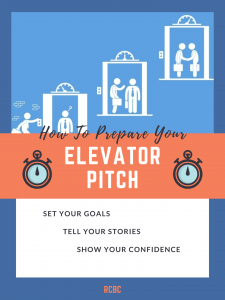 No doubt you have introduced yourself several times recently. It’s not very difficult to first say hello to a new acquaintance or to introduce ourselves at the start of a new class. We usually share our name, major, and where we live. Maybe we share some details about our hobbies or interests. But when we walk into a career fair or attend networking events, an introduction is not that easy. We need to be ready to talk briefly but specifically about our experiences, knowledge, skills, and interests. Creating and practicing an elevator pitch is an important part of our preparation.
No doubt you have introduced yourself several times recently. It’s not very difficult to first say hello to a new acquaintance or to introduce ourselves at the start of a new class. We usually share our name, major, and where we live. Maybe we share some details about our hobbies or interests. But when we walk into a career fair or attend networking events, an introduction is not that easy. We need to be ready to talk briefly but specifically about our experiences, knowledge, skills, and interests. Creating and practicing an elevator pitch is an important part of our preparation.